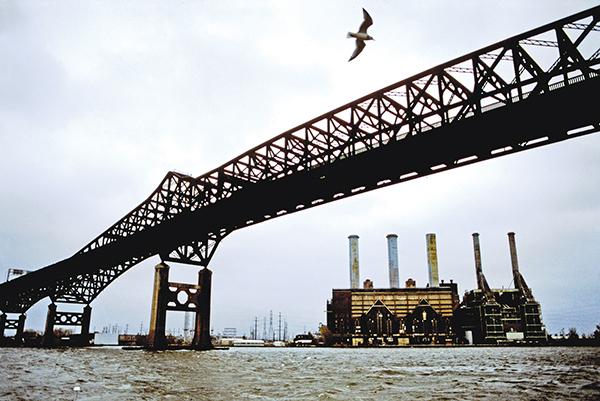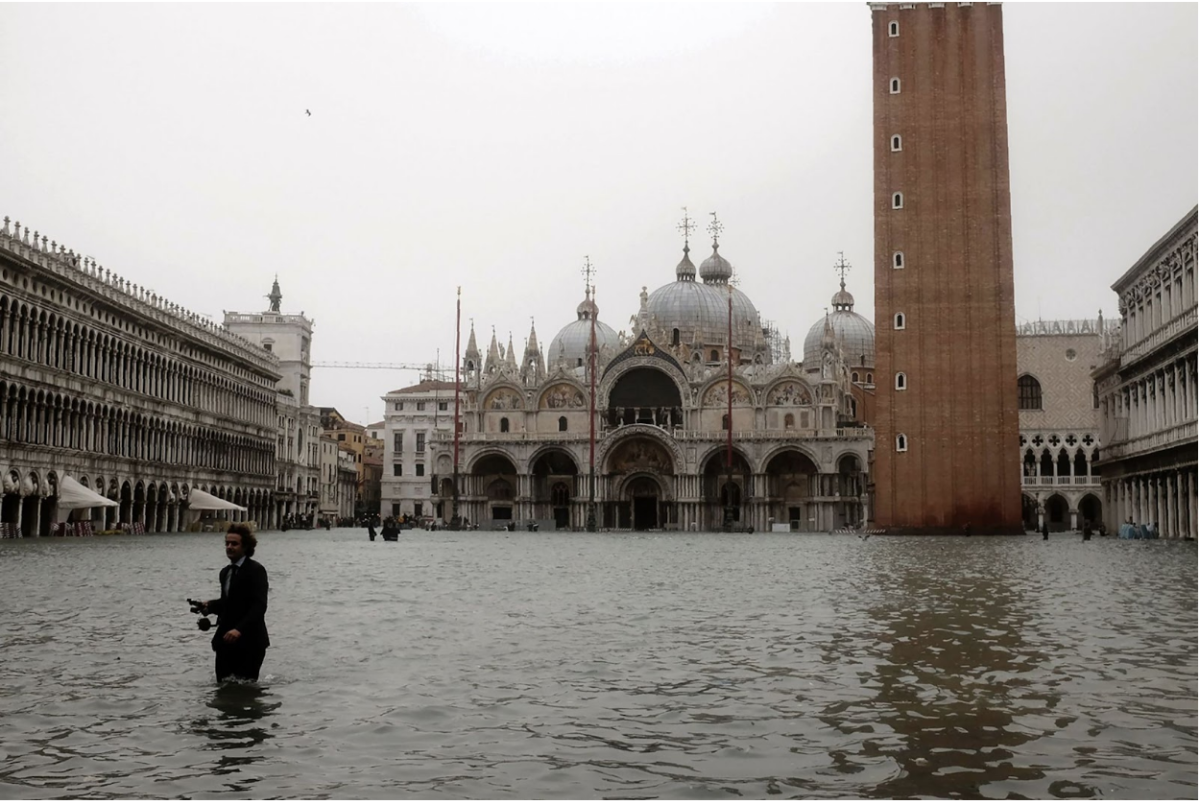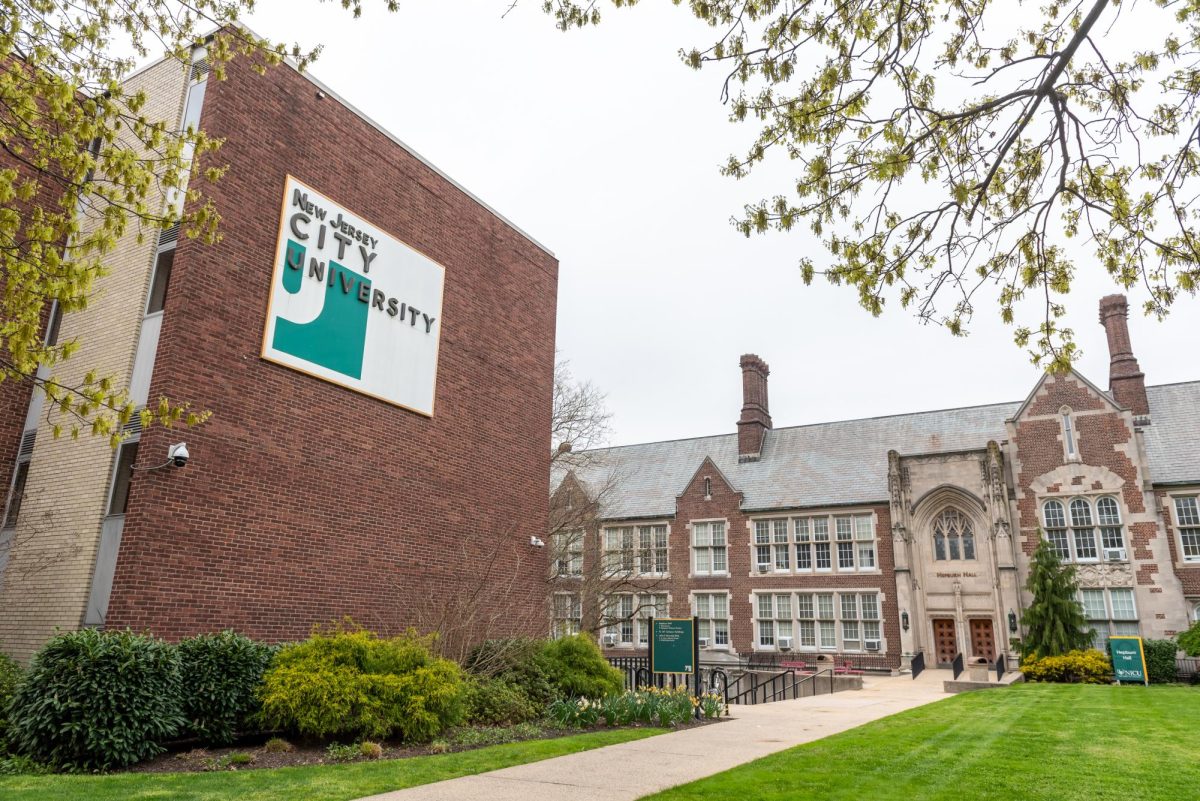
By Katherine Guest and Steven Rodas–
Prior to facing the two-year closure of the Pulaski Skyway’s northbound lanes, frequent NJCU commuters expressed concern about traffic congestion and alternative transportation options.
On April 12, 2014, Jersey City and Hoboken commuters driving towards the Holland Tunnel on the 3.5 mile-long causeway bridge will not only be affected by the closure, but all current JC commuters face traffic concerns.
“The construction of the Pulaski Skyway is already causing traffic and the close hasn’t even happened,” said Rosalind Rosado, 25, psychology major from Hoboken, preceding the closure. “I commute to school and have morning classes and I know it’s going to become an issue with traffic.”
The Skyway’s southbound lanes will remain open during construction, which alleviates traffic heading towards Newark.
“The first week of the closure coincided with many schools’ spring break, which reduced traffic volumes, helping traffic flow smoothly during the morning commute and throughout the day. However, NJDOT expects severe congestion and traffic delays this week when school returns,” said Steve Schapiro, Public Information Officer of NJDOT.
Approximately 35,000 automobiles use the Skyway’s northbound lanes and of those vehicles, nine-thousand of them travel during the morning rush.
“Because this project is up to the great magnitude that it is, public outreach and information remains critical, however, like day one, it’ll be an adventure,” said Anthony DeJohn, Contract 3 regional manager for Parsons Brinckerhoff in Newark, NJ, during a Saint Peter’s University PowerPoint presentation.
In order to decrease the excessive flow of traffic, The New Jersey Department of Transportation (NJDOT) has collaborated with The Hudson TMA to provide alternative traveling routes, and options to universities, businesses, and personnel.
Dean of Students Lyn Hamlin explained how, “Prior to the lane closures the school has been proactive to find alternative ways for students to get to school. We hope it will only impact students who have morning classes and feel students who have later classes won’t be affected as much.”
Hamlin also says she doesn’t currently know about any school parking lot closures that could possibly create further disruption during the transition for students who commute to school. However, she wasn’t directly updated about this information and will be informed when the rest of the campus is.
According to Schapiro, “Switching to public transportation for many will be a better commute. The best bet for many will be a park and ride lot off of Route 1&9 near Newark Liberty International Airport, which has free parking for 650 cars and a $2 bus to Grove Street and Exchange Place in Jersey City.”
Other alternative options that would help optimize the flow of traffic include vanpooling, NJ transit, or overcompensating one’s traveling time to adhere to possible delays.
“They suggest alternative routes that involve public transportation but why would you want to take a bus when you have a car,” said Jessika Flores, 21, history major from Hackensack. “I know it’s going to affect a lot of students for a while. I won’t have to deal with it for long.”
Flores is lucky to graduate this semester and avoid the bulk of likely traffic caused by the lane closures.
Towards and along Route 1&9, traffic signals and a two lane ramp will help accommodate drivers heading to Jersey City or New York City adding 1,700 vehicles to the road during morning peak periods.
Since the Pulaski Skyway was established in 1932, it has suffered from weather erosion and constant travel ever since.
“Over a million feet of concrete deck needs replacement so the fact that this will be done in only two years is quite an achievement,” said David Lambert, Project manager of NJDOT.
NJDOT suggested that Contract 1-3 of regional mitigation is the safest, most cost conscious and effective solutions that give the best final product. Alternative options would have taken twice as long and cost five times as much.
“I don’t know much about the [Pulaski Skyway lane closures] but I think it’s going to be harder for everyone to commute. I think for safety reasons if it needs to be closed for two years for construction it’ll be better in the long run,” said Tania Khter, 22, finance major from Jersey City.
There were three construction options NJDOT reviewed including: contra-flow, the reverse traffic method during morning and evening peak durations, allowing one lane open per south and north direction, and maintaining a night and weekend schedule for construction.
“These methods would have stretched the construction schedule to at least six years and would have created greater safety and traffic problems in and around the region, and not just in the a.m. peak,” said Schapiro.







